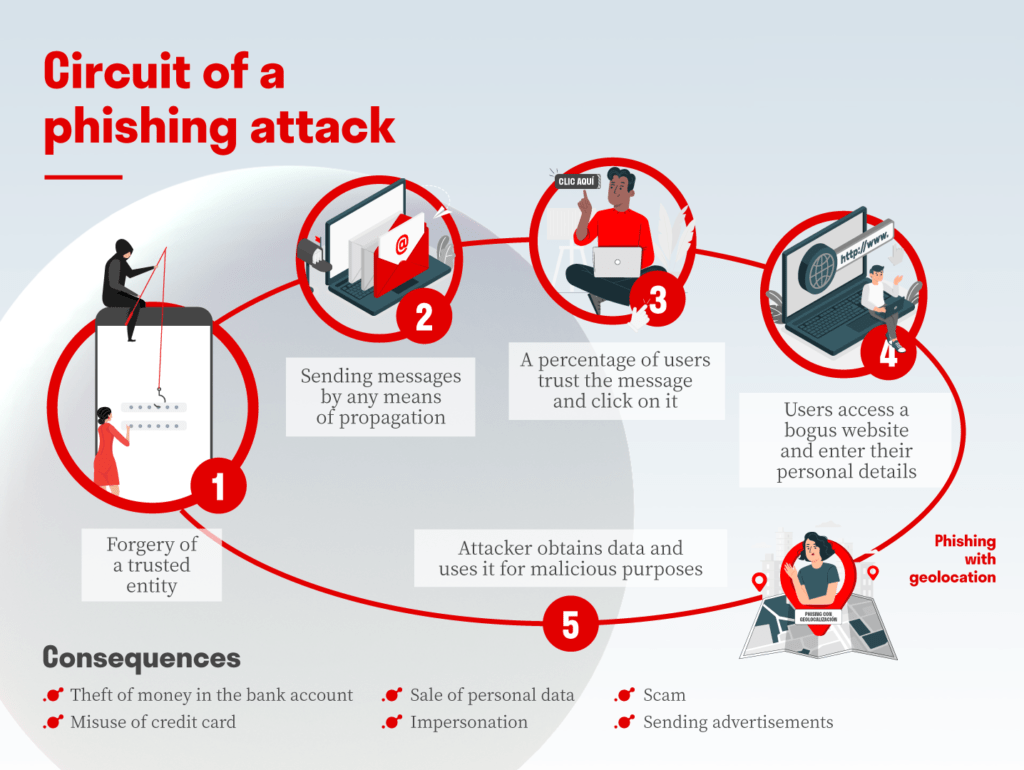10 Steps to Take After a Phishing Attack
Step 1. Disconnect from the network:
Disconnect your device from the internet to prevent any further spread of the attack.
Step 2. Change passwords:
Change your passwords for all affected accounts, using unique and strong passwords.
Step 3. Run scans:
Run a virus and malware scan on your device to detect and remove any malicious software.
Step 4. Check for unusual activity:
Check all accounts, including bank accounts and credit card statements, for any suspicious or unusual activity.
Step 5. Update software:
Ensure all your software and systems are up to date to prevent any vulnerabilities being exploited.




Step 6. Enable two-factor authentication:
Enable two-factor authentication for all accounts to provide an extra layer of security.
Step 7. Educate yourself:
Take the time to educate yourself on how to identify and avoid phishing scams in the future.
Step 8. Be aware of potential data breaches:
Be aware of the potential for data breaches and monitor your personal information closely.
Step 9. Report the attack:
Report the phishing attack to your IT department or cybersecurity provider immediately to prevent further damage.
Step 10. Take preventive measures:
Implement preventive measures such as using antivirus software, creating strong passwords, and avoiding suspicious emails and links.
By following these 10 steps, you can protect yourself from the damage caused by phishing attacks and minimize the risk of future attacks. Contact a trusted cybersecurity provider for further advice and support.
